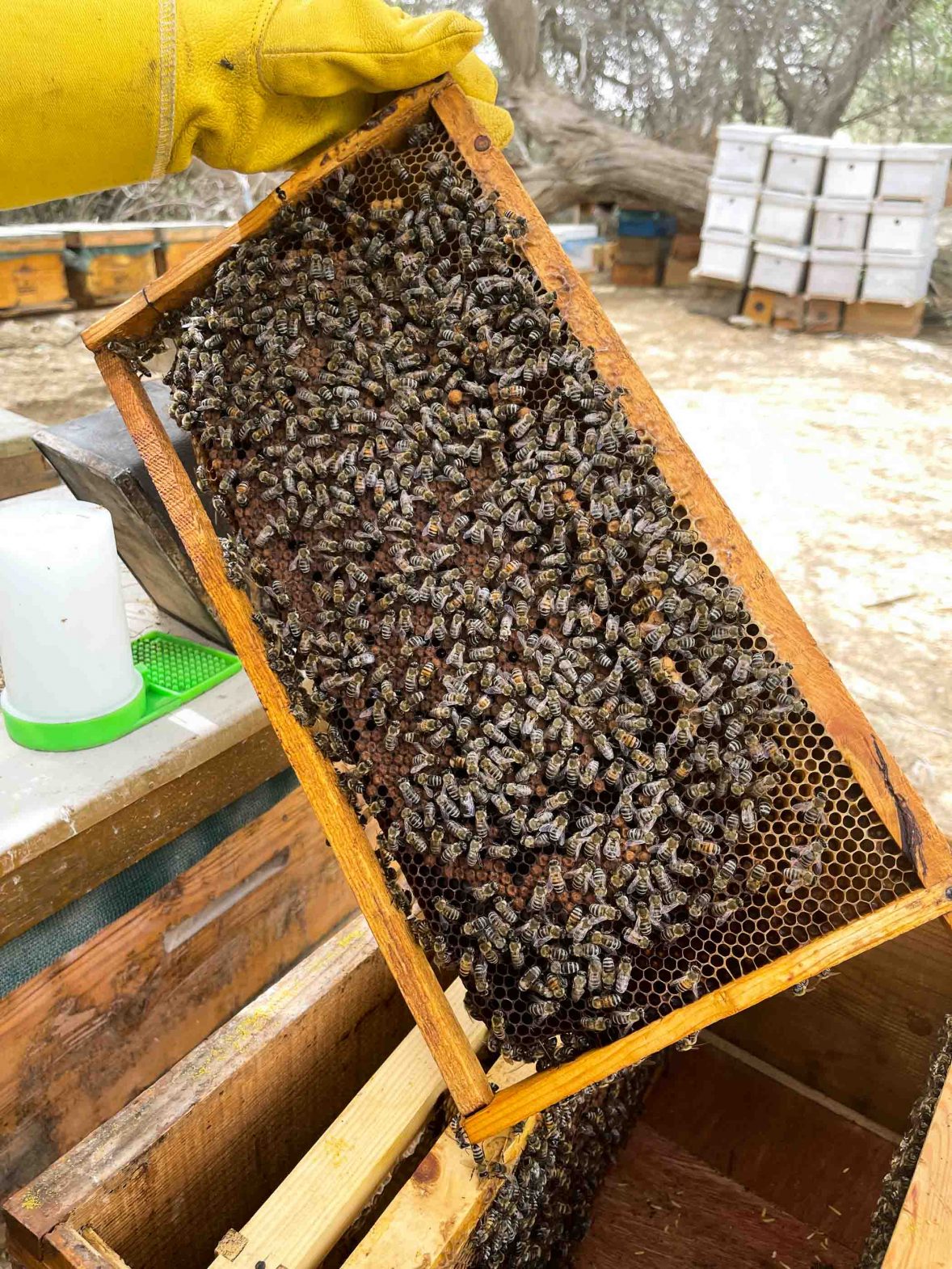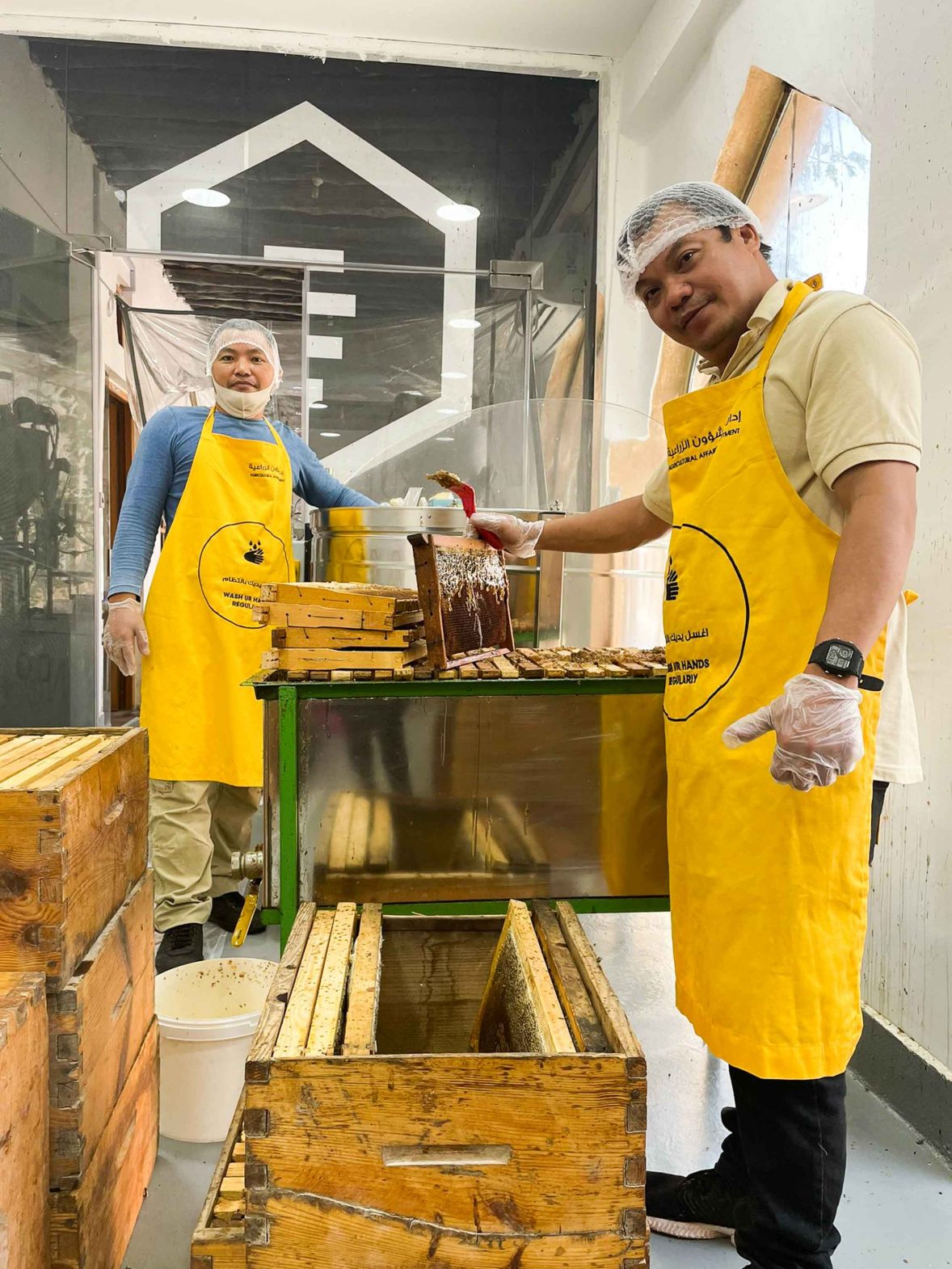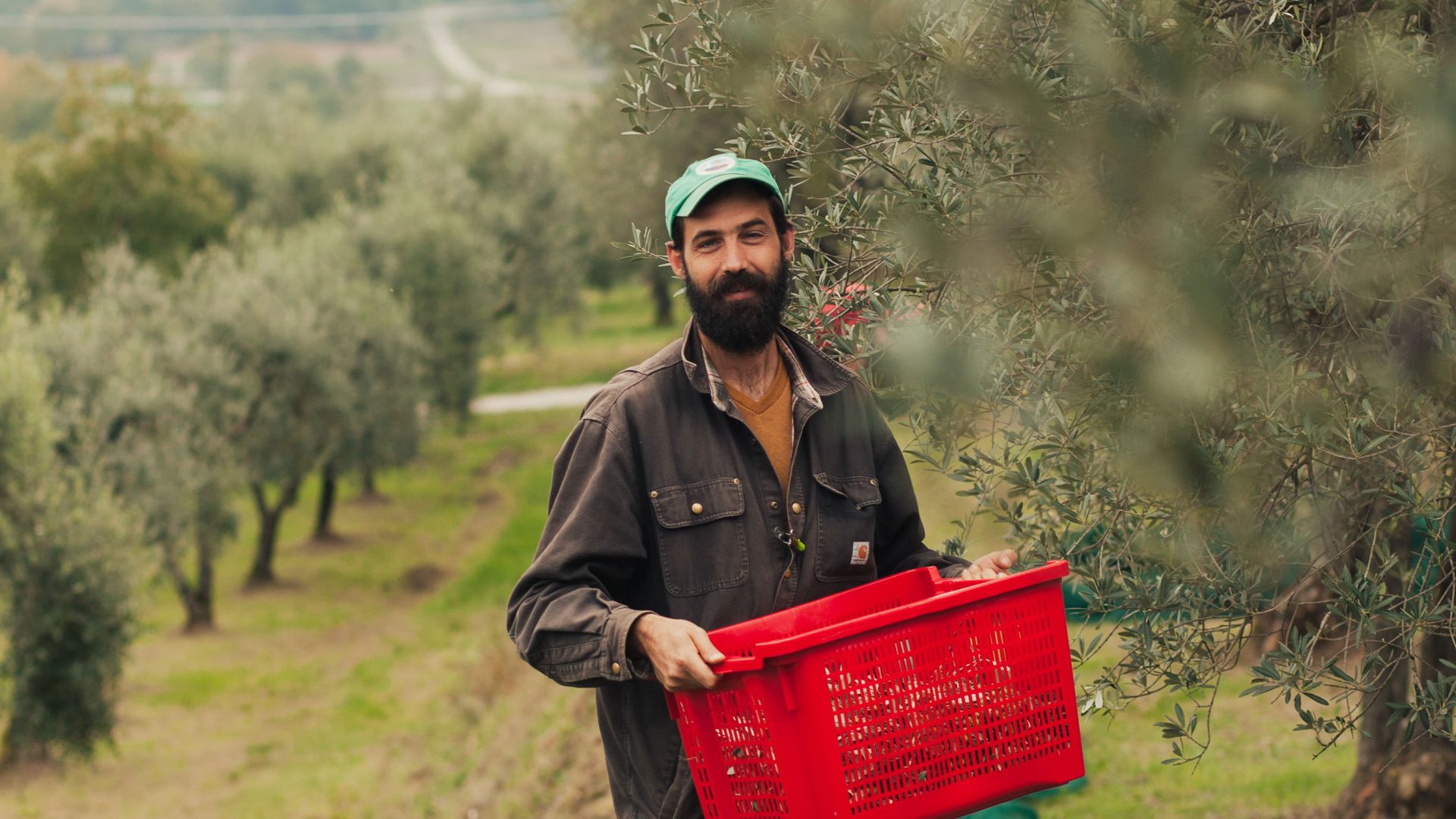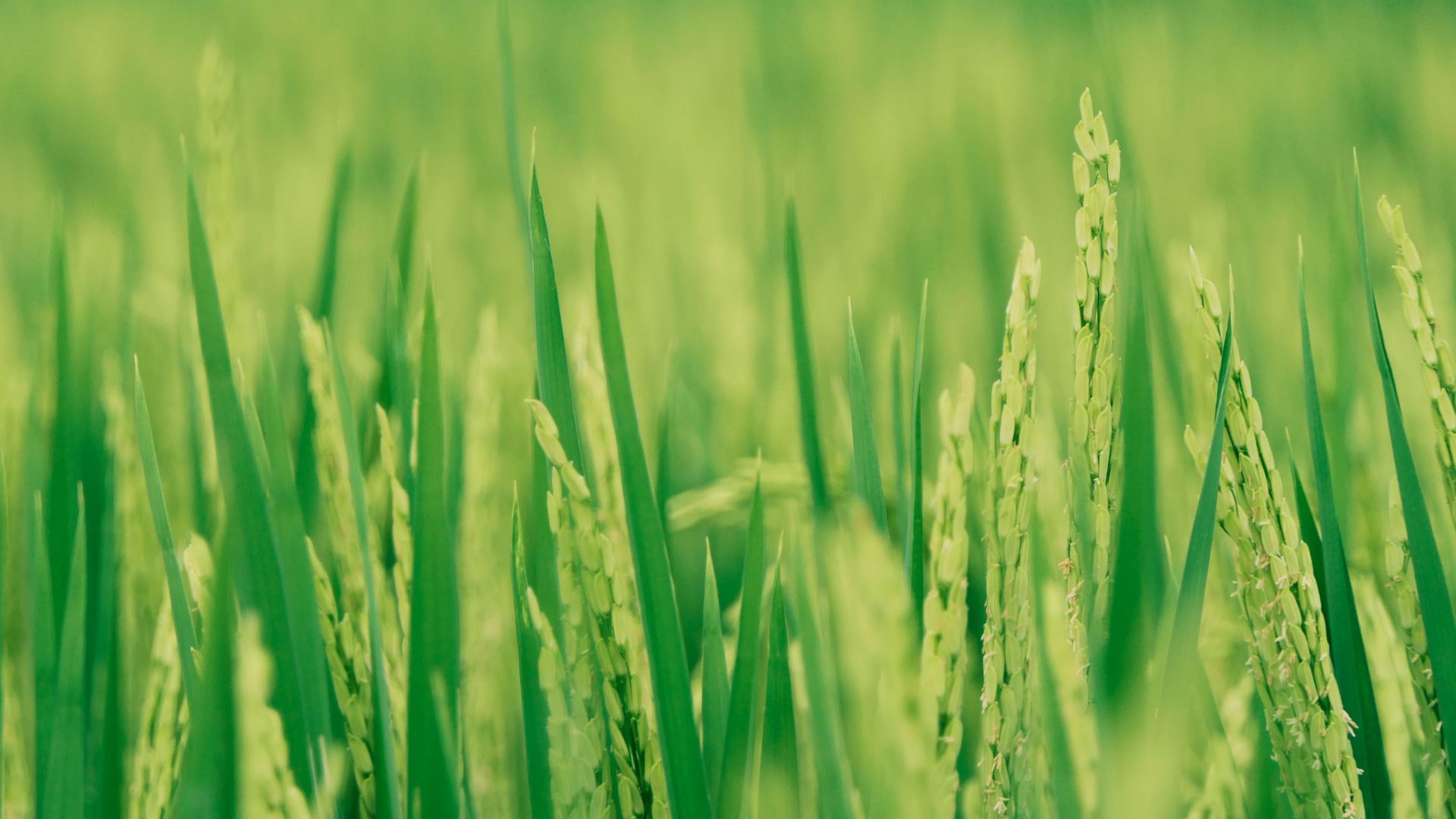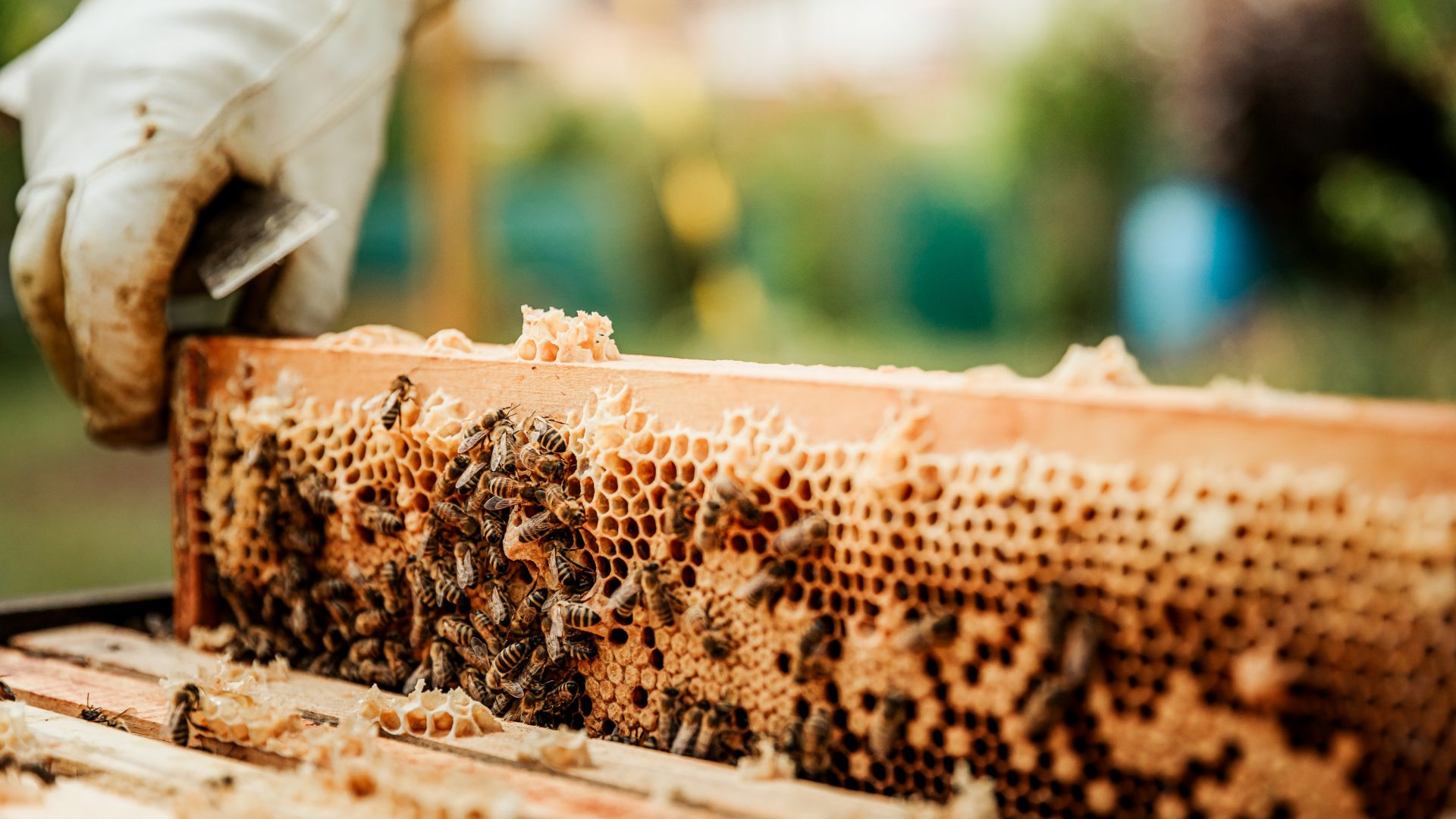
Khalid Al Suwaidi is no ordinary beekeeper. Working in temperatures above 50⁰C (122⁰F), high humidity, strong winds and Qatar’s sandy, arid climate, he’s producing honey in the desert against the forces of nature. Ulrike Lemmin-Woolfrey meets him—and his bees—to find out more.
When I visited Yemen a few years ago, I fell ill. Not knowing where to find a pharmacy, I asked a local taxi driver for help. He took me not to a pharmacy or a doctor, but to a honey shop.
Resembling an old-fashioned sweet shop, it had wall-to-wall shelves laden with jars filled with honeys in all shades of amber, ranging from pale yellow to a deep dark brown. The proprietor assessed my symptoms carefully and prescribed a combination of honeys.
The medicinal use of honey can be traced back some 8,000 years ago, according to a medical paper published in 2013. Titled Traditional and Modern Uses of Natural Honey in Human Diseases: A Review and written by Tahereh Eteraf-Oskouei and Moslem Najafi of Tabriz University of Medical Sciences in Iran, the paper outlines how honey has played a major role in ancient medicine. It’s known to have antibacterial, antifungal, and antioxidant properties, and offering an inhibitory effect on around 60 species of bacteria, some species of fungi and even certain viruses.
In ancient Egypt, honey was offered to gods as sacrifice, used as a topical ointment for wounds, and was useful in embalming. Luckily, in Yemen, I did not need embalming… the honey worked its magic quickly enough.





